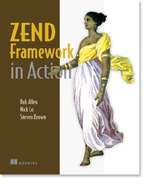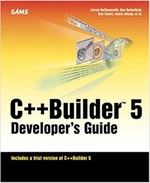2018 in pictures
As 2018 draws to a close, I take the time to look at the past year as I have done in years past, I look at the photos that I've taken and reminisce about all that I've done this year. January I started the year with ongoing efforts to reduce the pain in my joints and then visited America for CodeMash in Ohio. This was my second consecutive year speaking at CodeMash and I really… continue reading.


